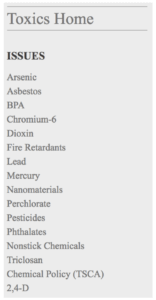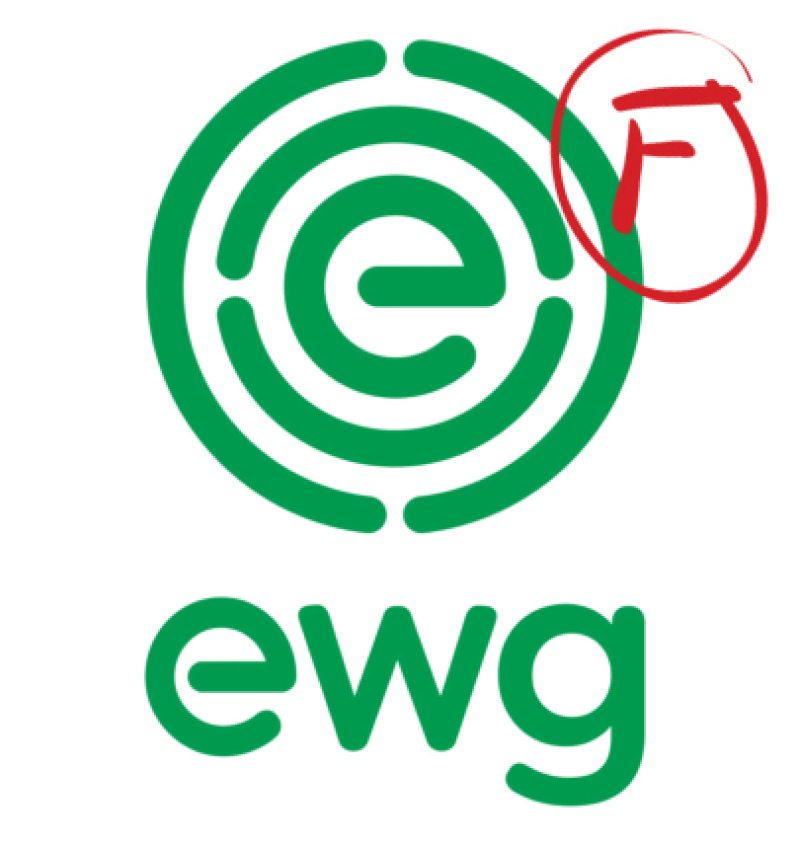The Environmental Working Group (EWG) uses an authoritative sounding name to peddle scientific half-truths and outright fabrications. Along with Greenpeace and PETA, it is beloved by activists but detested by scientists.
Several years ago, George Mason University surveyed 937 members of the Society of Toxicology, an association of professional toxicologists. Nearly 4 out of 5 (79%) of those responding said that EWG — as well as the Natural Resources Defense Council (NRDC) and Center for Science in the Public Interest (CSPI) — overstate the health risks of chemicals.
Despite this vote of no confidence in EWG by the scientific community, the organization manages to scare enough people to operate a $12.5-million budget. Telling people that unseen dangers lurk in their food and inside their homes is a lucrative business.
 EWG’s List of Scary Chemicals
EWG’s List of Scary Chemicals
Chemicals. It’s a word used mainly by the scientifically naïve to mean “scary things.” EWG takes this illiteracy a step further by referring to them as Toxics. On the right is a screenshot of the current list of “Toxics” that has the EWG riled up. Let’s debunk them one by one.
…
Pesticides. Both conventional and organic pesticides are safe, as long as they are applied at or below approved levels.
…
2,4-D. 2,4-D is a perfectly safe herbicide. You can buy it at Home Depot.
Overall, through exaggeration or fabrication, the EWG gets pretty much everything wrong. On the few topics it gets right, the government has already acted, so EWG is just beating a dead horse to raise money.
The GLP aggregated and excerpted this blog/article to reflect the diversity of news, opinion, and analysis. Read full, original post: Dear EWG, This Is Why Real Scientists Think Poorly Of You































